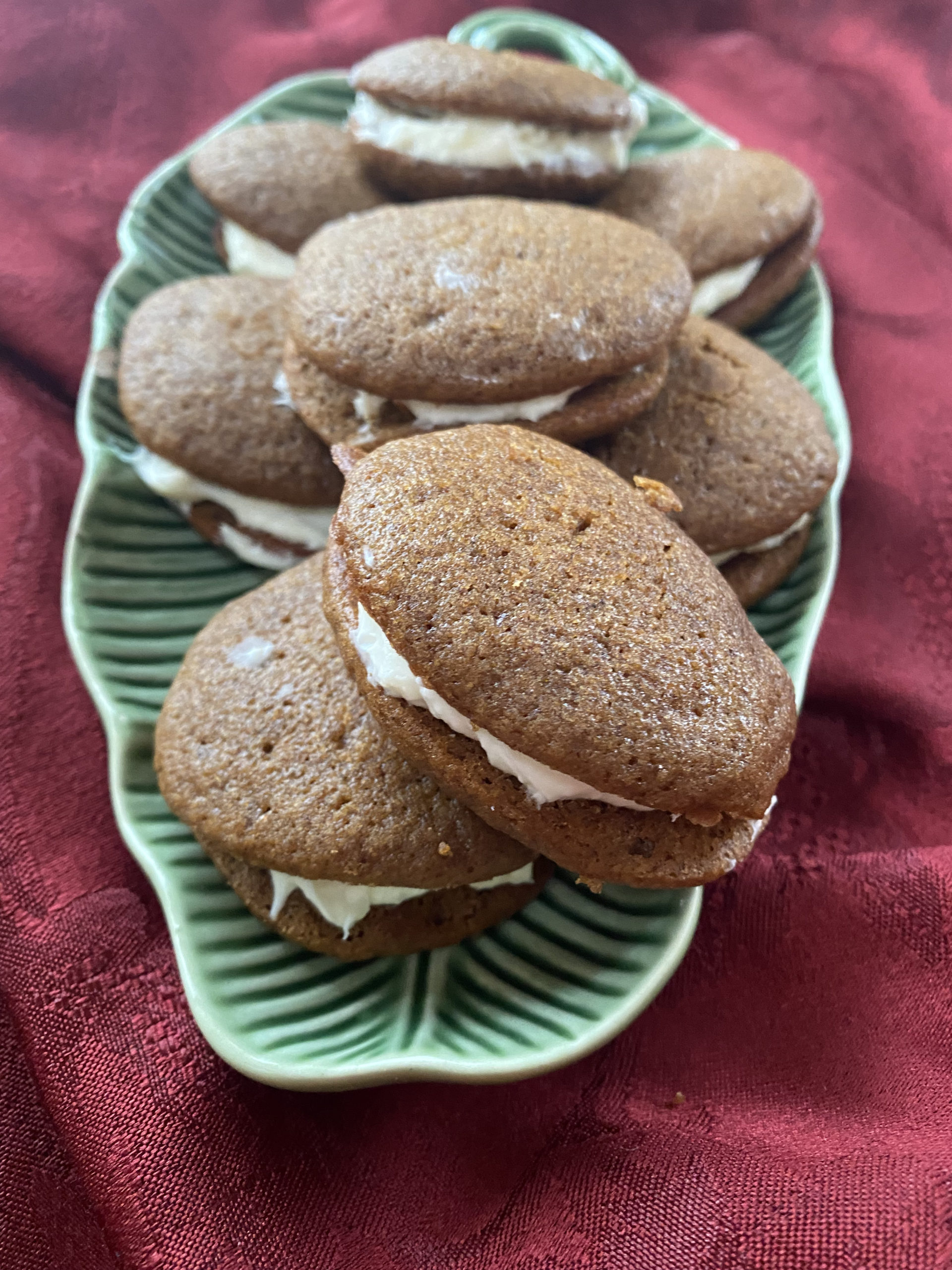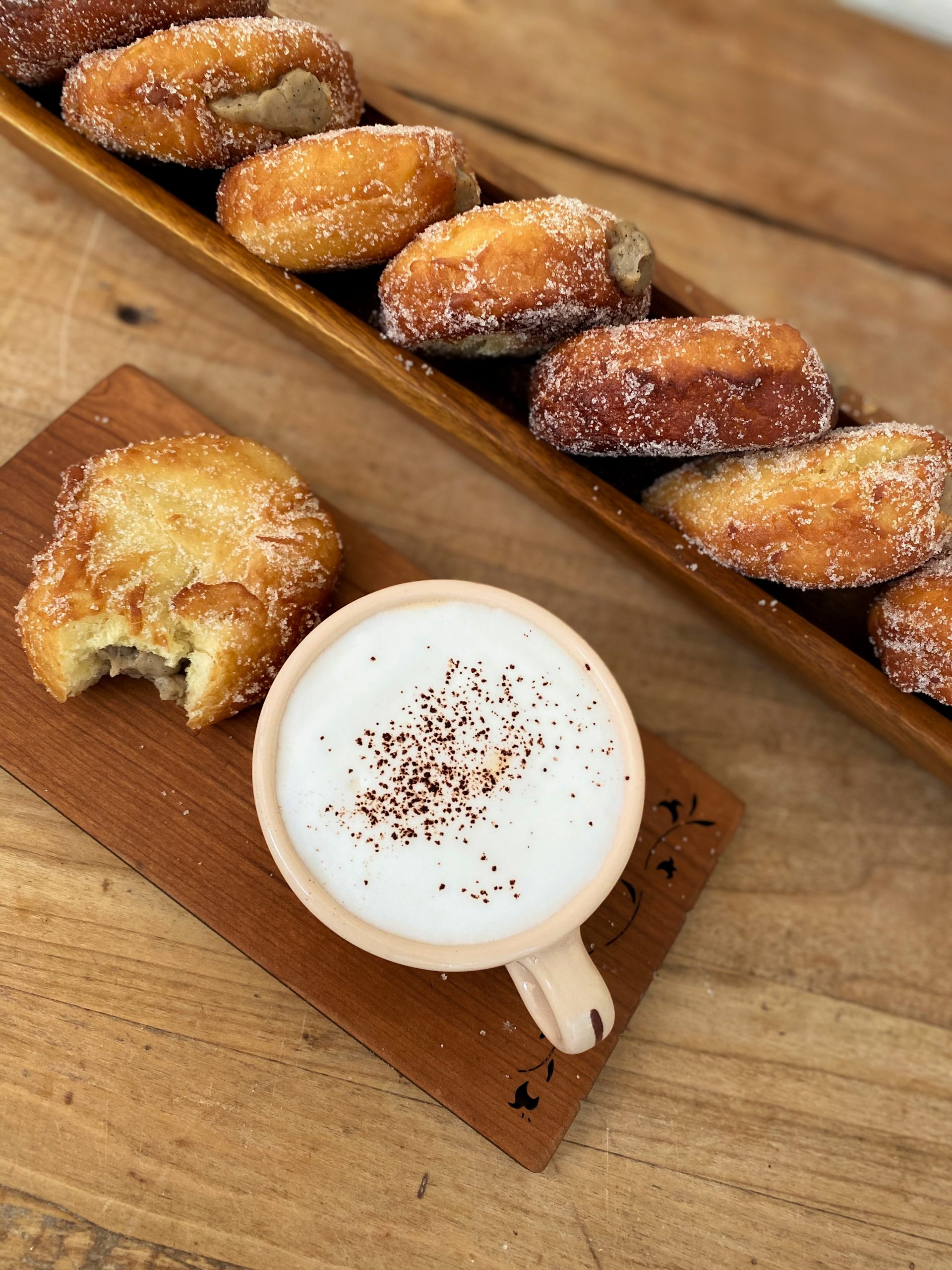 This month, we speak with Susan Reid, editor of The Baking Sheet and one of the instructors for King Arthur Flours’Traveling Baking Demos. She provides us with a bit of inspiration for baking pies . . in particular, making our own pie crust.
This month, we speak with Susan Reid, editor of The Baking Sheet and one of the instructors for King Arthur Flours’Traveling Baking Demos. She provides us with a bit of inspiration for baking pies . . in particular, making our own pie crust.
Family Eats: Why do many of us think making pie crust is so hard to do?
Susan Reid: The reason many of us think pie crust is hard to make is because we have memories of our mother or grandmother making a delicious-tasting pie, and we believe that we could never live up to that memory.
FE: How can we change that perception?
SR: We just need to remember a few simple things. Whenever we are a bit anxious about making something, we tend to over work it. And that is a problem when it comes to making pie crust. When we teach classes at the center, we work on breaking the over-working habit. After whisking together the dry ingredients, we add the fat – Crisco, lard, or butter – and begin to work it with forks or fingers. Keep in mind that the size of the chunks of fat in the dough is directly related to how flakey the crust will be. Many home bakers over work the fat into the dough, thinking the fat should be worked in a bit more.
But in this case, less is better. The hardest thing to say is to put down the fork and get away from the dough.
FE: But the recipe always suggests the fat be worked into the dough until it is the size of peas.
SR: True, but instead I suggest that you work it into lima bean sized chunks — bigger chunks that are no smaller than your thumbnail, and certainly not the size of a half dollar.
FE: Is there an optimum choice for fat – butter, lard or Crisco?
SR: It is all a matter of preference, but I like to use half shortening and half butter, which will produce a flakey crust. But, keep in mind, ‘flakiness’ is more a function of how you work in fat, rather than the fat you use. For instance, I work in the Crisco a bit more than I do the butter. And, don’t forget that the fat should not be too warm. If you can put the fat between your fingers and easily squish it together, it is too warm.
FE: Is working in the fat the biggest hurdle?
SR: Once you have learned not to over work the fat into the dough, the tough part is adding the water. First, it should be cold. Then, as you add a tablespoon at a time, you work it around with a fork, and you’ll find that there are wet and dry spots. The worst thing to do is to make it too wet, because you’ll then be tempted to add more flour. So, I use a technique that helps ensure things don’t get out of hand.
First, you want to add in the water a tablespoon at a time, while working it around with the fork. Don’t worry too much about having both wet a dry spots. The worse thing to have is too wet of flour. Work it in until the dough feels damp in your fingers and for the most part stays together when you gently squeeze it. Then, dump the dough onto parchment or waxed paper and spread it out into a 6-inch rectangle. Now, it is time to use the secret weapon – a spray bottle. Spritz the dough where it is dry and then make a letter fold with the dough. Fold the dough a couple of times allowing the wet spots to land on the dry spots. Once it holds together, let the dough rest. Wrap it and place it in the refrigerator to chill for between 15-30 minutes. This rest time allows the moisture to hydrate any part of the dough that is moist enough.
FE: What about the flour? How does the choice of flour factor into the results?
SR: Most standard dessert pie fillings are sweet enough to use a pie dough that is made with all-purpose flour. It will help you produce a flaky and tender crust. Especially for beginners, I would recommend the all –purpose flour, but if you are confident in making pie dough, I’d recommend using a half/half mixture of all purpose and pastry flour – but, never use all pastry flour because you never have enough structure to hold up to a pie. And, under no circumstance, should you use bread flour. It will make a tough crust.
FE: So what would you say to anyone who is a bit timid about making pie dough?
SR: Well, the hardest hump is to get over your fear of making pie dough. But, once you learn the basics, it is a lifetime skill that can not only give you tasty results, but save you money.
Think about it, for about $2 worth of ingredients, you can make a lot of delicious sweet or savory pies. And, if time is a factor, make 5 or 6 crusts at a time and freeze them. Then, you’ll be pie-ready all the time.





